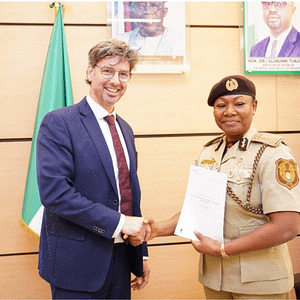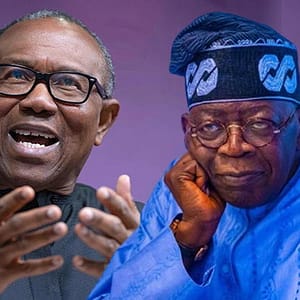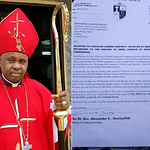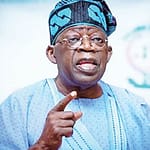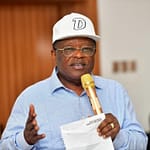Imagine the Middle East not as a map, but as a complex, intricately balanced mobile, constantly shifting, yet held in precarious equilibrium by unseen forces. At opposing ends sway two heavy, formidable weights: Israel and Iran. For decades, they’ve circled, nudged, and countered each other through proxies, cyberattacks, and tense standoffs, keeping the fragile structure just short of collapse. But the wires are thinning, the air growing heavy. If these two primary weights were to directly collide, the entire mobile wouldn’t just wobble; it would shatter, sending pieces scattering outward. The cascade of consequences wouldn’t merely fill news cycles; it would redraw geopolitical lines, unleash humanitarian crises, and send economic shockwaves across continents. We stand on the precipice of exploring these profound, unpredictable implications – the true cost if the delicate balance between Jerusalem and Tehran is irrevocably broken.
Table of Contents
- The Unraveling Map Cascading Conflicts and Shifting Sands
- Beyond Borders Economic Aftershocks and the Scramble for Stability
- The Invisible Battlefield Cyber Lines Drawn and the Fog of Digital War
- Navigating the Aftermath Strategies for De Escalation and Regional Resurgence
- Final Thoughts
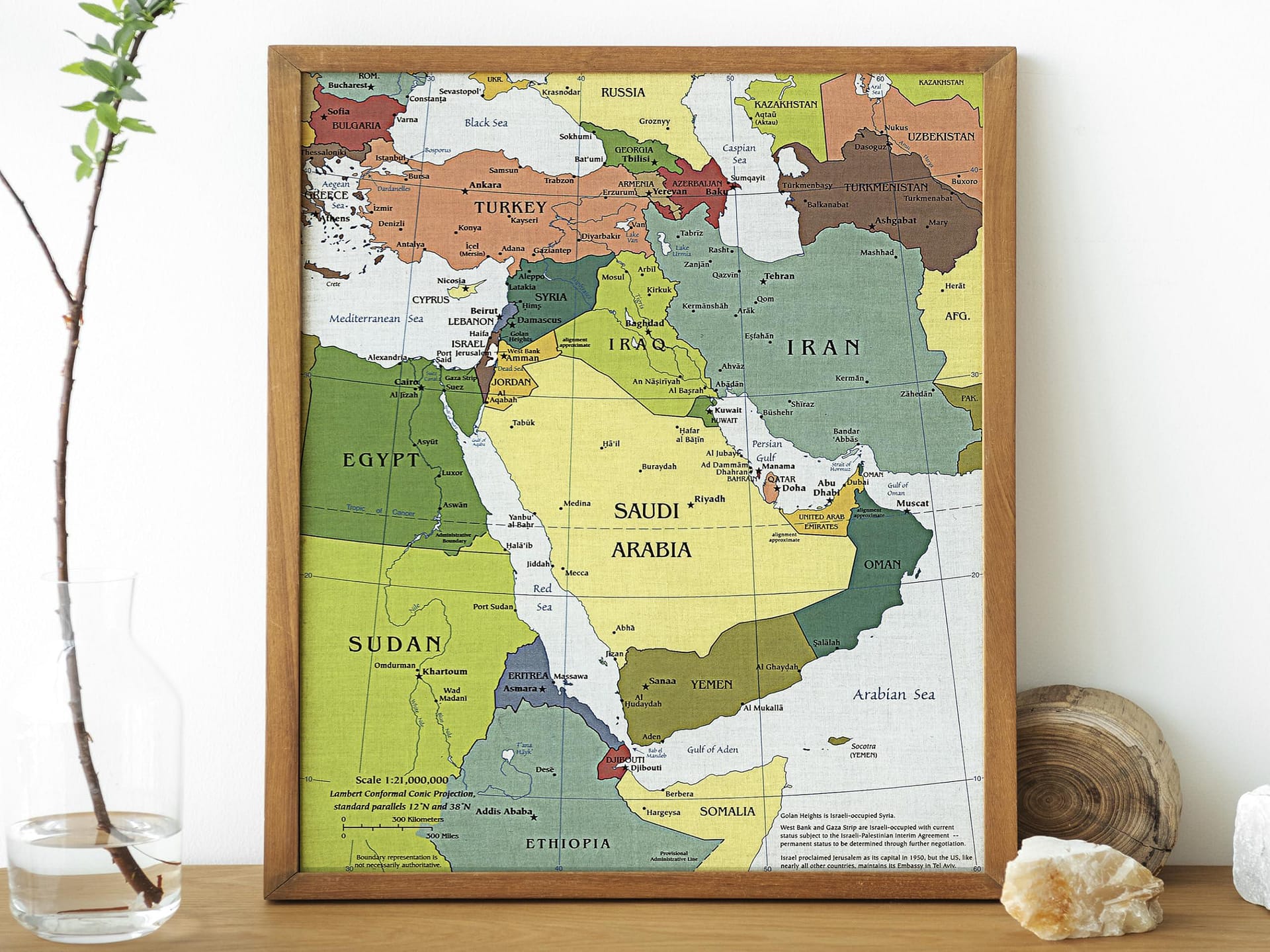
The Unraveling Map Cascading Conflicts and Shifting Sands
The map of the Middle East isn’t a static drawing; it’s a dynamic, often violent, sketch. When the lines of direct military engagement are drawn between Israel and Iran, this sketch risks tearing apart entirely. Such a confrontation isn’t contained within national boundaries; it’s a seismic shockwave, reverberating through interconnected nodes of conflict. From the volatile borders with Lebanon and Syria to the distant battlefields of Yemen and beyond, proxy tensions could ignite into overt conflagrations. Think of Gaza, already a flashpoint, and the West Bank, potentially boiling over. The sea lanes of the Gulf become arenas for potential naval friction, and civilian populations across the region brace for the fallout.
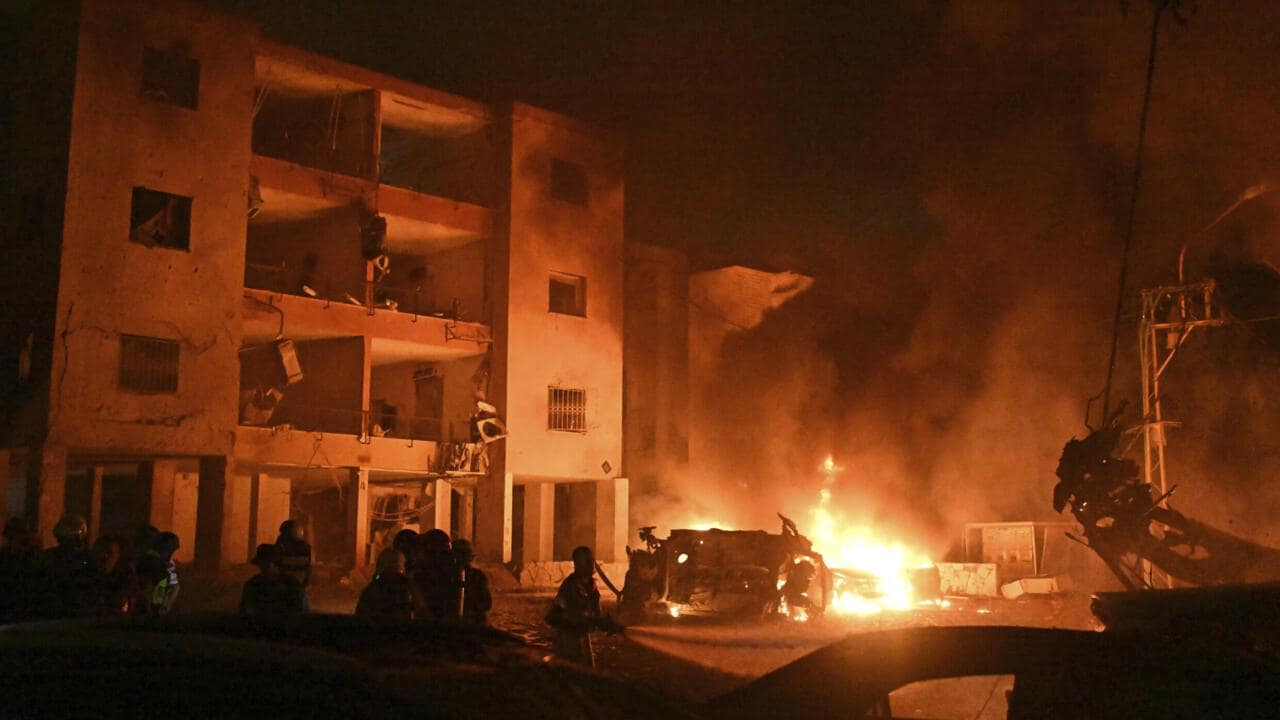
Beyond Borders Economic Aftershocks and the Scramble for Stability
When geopolitical fault lines rupture, the economic tremors rarely stay contained within borders. The initial flare-up wasn’t just a localized event; it was a seismic shockwave hitting the interconnected arteries of the global economy. Think of it as an immediate stress test on everything from energy commodity markets to supply chain resilience. Suddenly, the meticulously balanced scales of international finance wobbled precariously. The scramble for immediate stability became paramount, a rushed effort to contain the cascade effect. Key immediate economic quakes include:
- Energy Price Volatility: A predictable but painful surge in oil and gas benchmarks, directly impacting inflation and operational costs worldwide.
- Market Risk Aversion: A sharp retreat from emerging or perceived ‘risky’ markets, leading to capital flight and increased borrowing costs for many nations.
- Supply Chain Uncertainty: Renewed scrutiny and potential disruption to critical shipping lanes and logistics networks.
Beyond the initial volatility lies a more prolonged and complex re-engineering of global economic strategy. The “scramble for stability” evolves into a deep, often quiet, reassessment of dependencies and vulnerabilities. Nations and corporations alike are looking at alternative routes, diversifying sourcing, and weighing investment decisions with a heightened awareness of geopolitical risk. This era demands not just reactive measures, but proactive shifts in economic policy and corporate strategy, potentially accelerating transitions already underway or forging entirely new pathways. Consider the potential structural shifts:
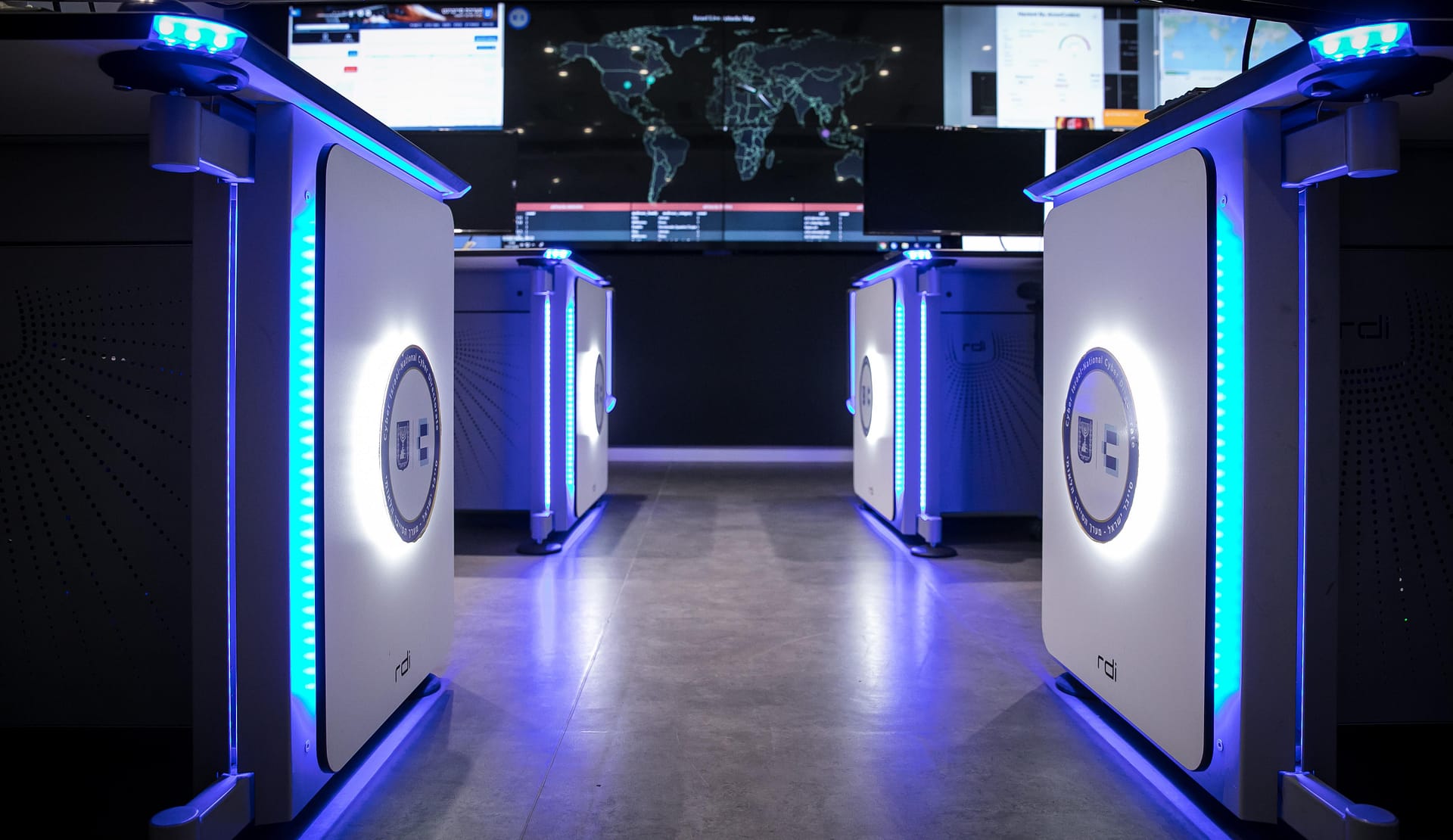 The Invisible Battlefield Cyber Lines Drawn and the Fog of Digital WarThe digital front cracks open long before missiles fly or boots hit the ground. Here, war isn’t fought over sand dunes or cityscapes, but across fiber optic cables and through server farms. For years, Israeli and Iranian cyber commands have been locked in a shadowy, continuous exchange – a low-intensity conflict marked by espionage, disruption, and strategic probing. This isn’t just about stealing secrets; it’s about the capacity to paralyze essential services, sow internal chaos, and project power without leaving a physical footprint. State-sponsored groups, often operating with plausible deniability, orchestrate sophisticated campaigns targeting critical infrastructure, financial institutions, and even everyday digital life. The lines aren’t drawn on maps, but within the complex architectures of the networks that underpin modern society.This ‘invisible’ nature breeds its own unique brand of chaos and uncertainty – the digital fog of war. Attribution
The Invisible Battlefield Cyber Lines Drawn and the Fog of Digital WarThe digital front cracks open long before missiles fly or boots hit the ground. Here, war isn’t fought over sand dunes or cityscapes, but across fiber optic cables and through server farms. For years, Israeli and Iranian cyber commands have been locked in a shadowy, continuous exchange – a low-intensity conflict marked by espionage, disruption, and strategic probing. This isn’t just about stealing secrets; it’s about the capacity to paralyze essential services, sow internal chaos, and project power without leaving a physical footprint. State-sponsored groups, often operating with plausible deniability, orchestrate sophisticated campaigns targeting critical infrastructure, financial institutions, and even everyday digital life. The lines aren’t drawn on maps, but within the complex architectures of the networks that underpin modern society.This ‘invisible’ nature breeds its own unique brand of chaos and uncertainty – the digital fog of war. Attribution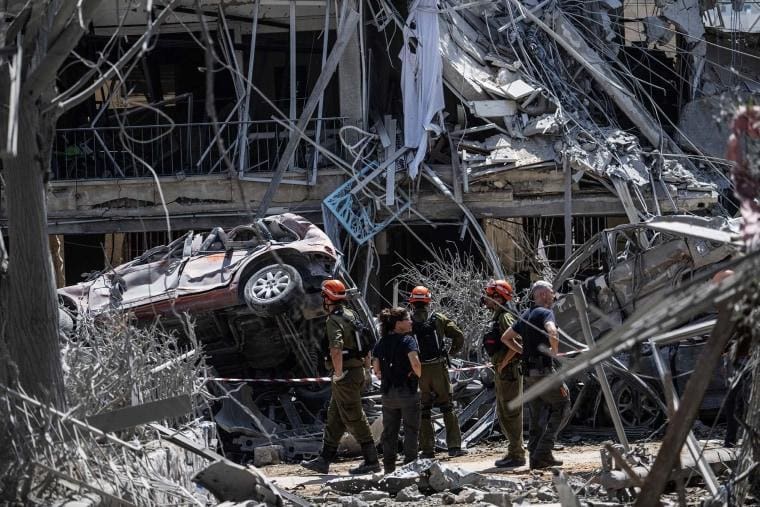 Navigating the Aftermath Strategies for De Escalation and Regional ResurgenceThe dust begins to settle, revealing a landscape reshaped by seismic shifts. The immediate imperative is not retribution, but the careful unraveling of tangled threads of conflict. This phase demands an almost surgical precision, prioritizing the cessation of hostilities at all costs and the opening of channels, however fragile, for dialogue. Think beyond traditional adversaries; think multilateral custodians of peace. Every gesture, every statement, needs to be calibrated to soothe frayed nerves and prevent secondary ripples of violence. The focus must shift from squaring accounts to simply stopping the bleeding, creating pockets of calm where diplomacy can dare to breathe. Success here hinges on rapid, coordinated international action, leveraging every possible lever – economic incentives for compliance, robust peacekeeping frameworks, and direct intervention where civilian lives hang in the balance. It’s about quenching the flames, not adding fuel to the smoldering embers.Beyond the immediate ceasefire lies the daunting, yet necessary, task of weaving a new tapestry of regional relations. This isn’t about returning to the status quo, which proved inherently unstable, but forging a path towards genuine interdependence. It requires acknowledging underlying grievances, building shared economic interests, and fostering cultural exchanges that bridge divides widened by years of animosity. Regional resurgence means investing in the future of its people – in education, infrastructure, and sustainable opportunities that make conflict less appealing than cooperation. Consider it a grand reconstruction project, not just of buildings, but of trust. Strategies must be multifaceted, encompassing security guarantees that reassure all parties, transparent governance models, and frameworks for managing shared resources like water and trade routes collaboratively. The journey is long and fraught with potential setbacks, but the alternative is a perpetual cycle of tension. Below outlines potential foundational elements:This resurgence won’t materialize on its own. It necessitates bold leadership willing to make difficult compromises and a collective regional acceptance that shared futures are preferable to isolated, insecure pasts. The path forward is uncertain, but the opportunity, however grimly earned, is to build something more durable from the ruins.Final ThoughtsAs the embers of conflict smolder between Israel and Iran, the ripples extend far beyond their borders-reshaping alliances, economies, and global peace in ways both seen and unseen. The war’s shadow is a somber reminder that in an interconnected world, no fissure remains isolated. Whether this turmoil breeds lasting resolve or relentless strife hinges on the choices made today. For in the heart of this tempest lies a universal truth: the price of war is paid not only in weapons and walls but in the fragile hopes of humanity’s shared future.
Navigating the Aftermath Strategies for De Escalation and Regional ResurgenceThe dust begins to settle, revealing a landscape reshaped by seismic shifts. The immediate imperative is not retribution, but the careful unraveling of tangled threads of conflict. This phase demands an almost surgical precision, prioritizing the cessation of hostilities at all costs and the opening of channels, however fragile, for dialogue. Think beyond traditional adversaries; think multilateral custodians of peace. Every gesture, every statement, needs to be calibrated to soothe frayed nerves and prevent secondary ripples of violence. The focus must shift from squaring accounts to simply stopping the bleeding, creating pockets of calm where diplomacy can dare to breathe. Success here hinges on rapid, coordinated international action, leveraging every possible lever – economic incentives for compliance, robust peacekeeping frameworks, and direct intervention where civilian lives hang in the balance. It’s about quenching the flames, not adding fuel to the smoldering embers.Beyond the immediate ceasefire lies the daunting, yet necessary, task of weaving a new tapestry of regional relations. This isn’t about returning to the status quo, which proved inherently unstable, but forging a path towards genuine interdependence. It requires acknowledging underlying grievances, building shared economic interests, and fostering cultural exchanges that bridge divides widened by years of animosity. Regional resurgence means investing in the future of its people – in education, infrastructure, and sustainable opportunities that make conflict less appealing than cooperation. Consider it a grand reconstruction project, not just of buildings, but of trust. Strategies must be multifaceted, encompassing security guarantees that reassure all parties, transparent governance models, and frameworks for managing shared resources like water and trade routes collaboratively. The journey is long and fraught with potential setbacks, but the alternative is a perpetual cycle of tension. Below outlines potential foundational elements:This resurgence won’t materialize on its own. It necessitates bold leadership willing to make difficult compromises and a collective regional acceptance that shared futures are preferable to isolated, insecure pasts. The path forward is uncertain, but the opportunity, however grimly earned, is to build something more durable from the ruins.Final ThoughtsAs the embers of conflict smolder between Israel and Iran, the ripples extend far beyond their borders-reshaping alliances, economies, and global peace in ways both seen and unseen. The war’s shadow is a somber reminder that in an interconnected world, no fissure remains isolated. Whether this turmoil breeds lasting resolve or relentless strife hinges on the choices made today. For in the heart of this tempest lies a universal truth: the price of war is paid not only in weapons and walls but in the fragile hopes of humanity’s shared future.
| Economic Pillar | Potential Adaptation | |
|---|---|---|
| Global Trade Flow | Increased exploration of bypass routes & regional corridors | |
| Pathway | Focus Area | Initial Step |
| Economic Ties | Shared prosperity zones | Facilitated cross-border trade of permissible goods |
| Soft Power | Cultural & Educational Exchange | Sponsored student/artist residency programs |
| Security | Regional Dialogue Forums | Low-level technical security expert workshops |
| Governance | Transparency Initiatives | Joint monitoring of humanitarian aid distribution |
